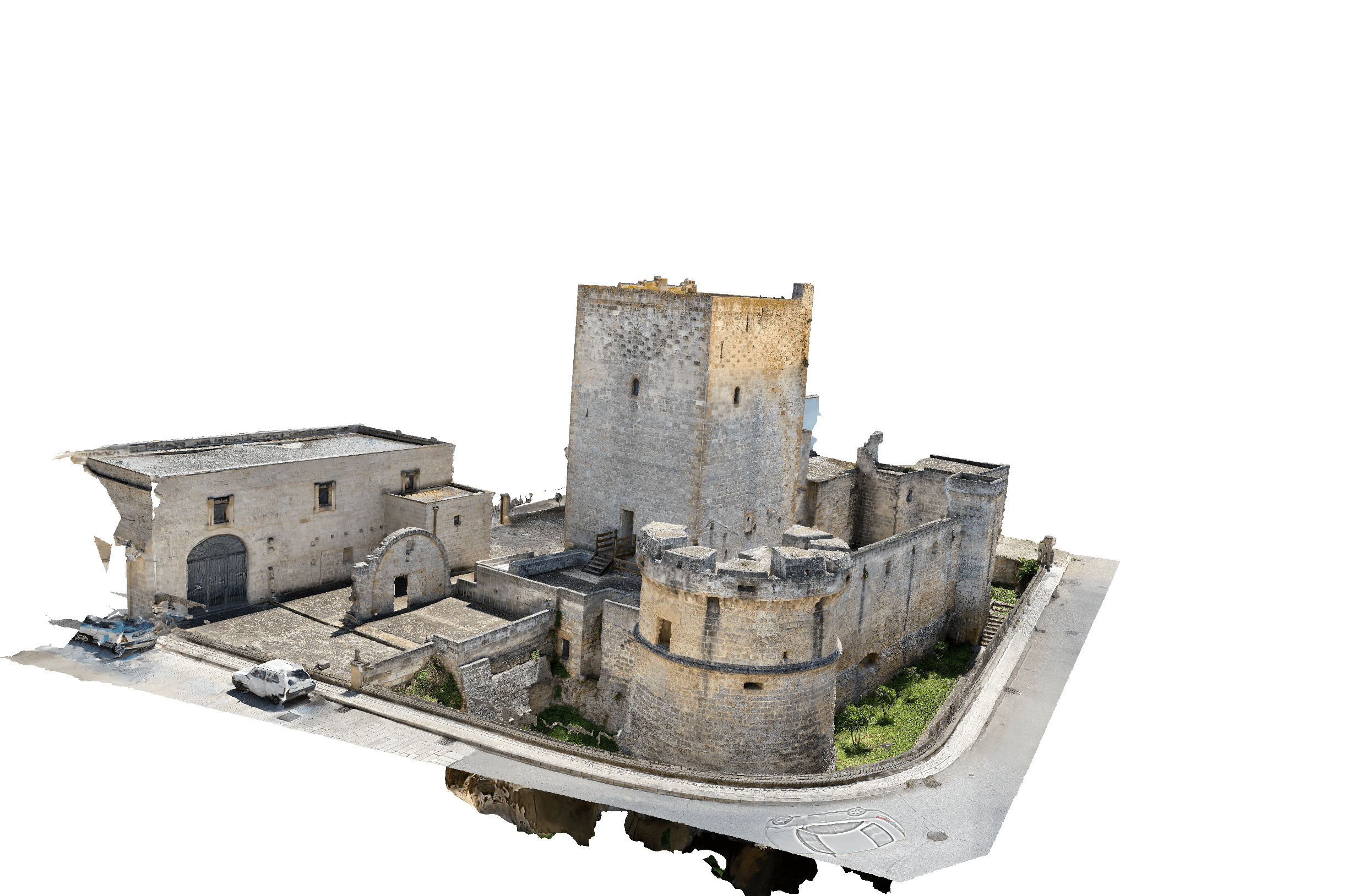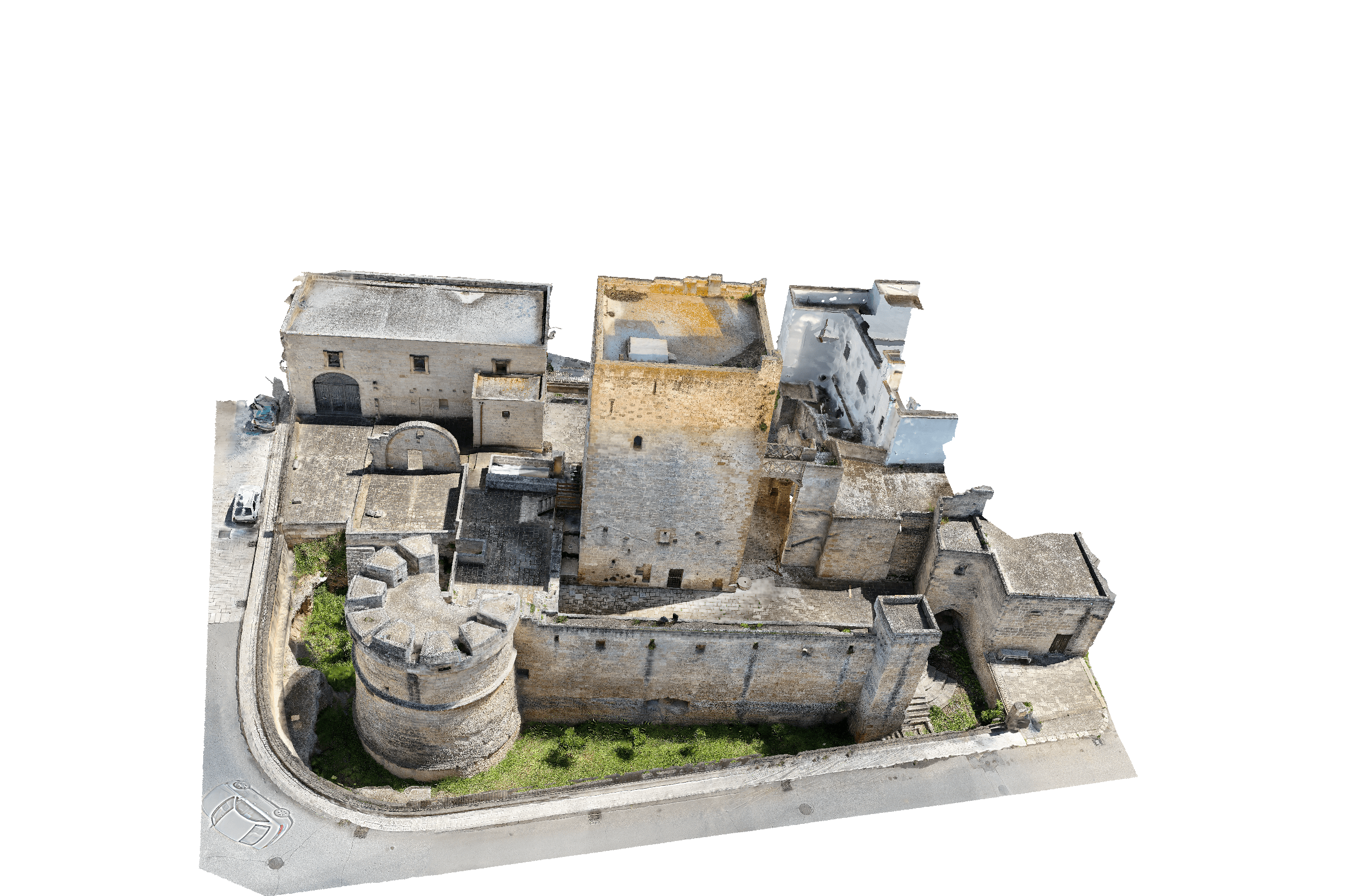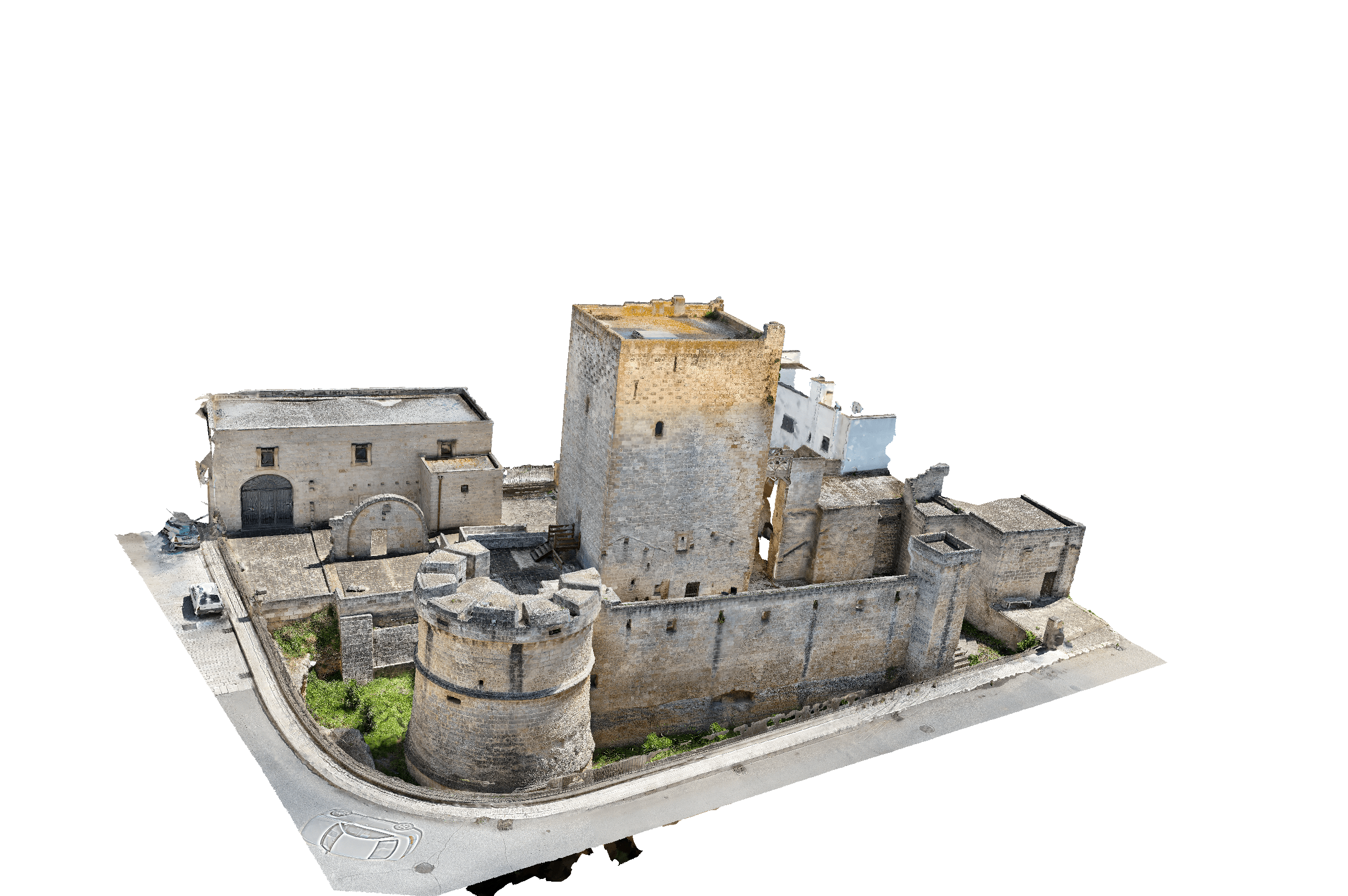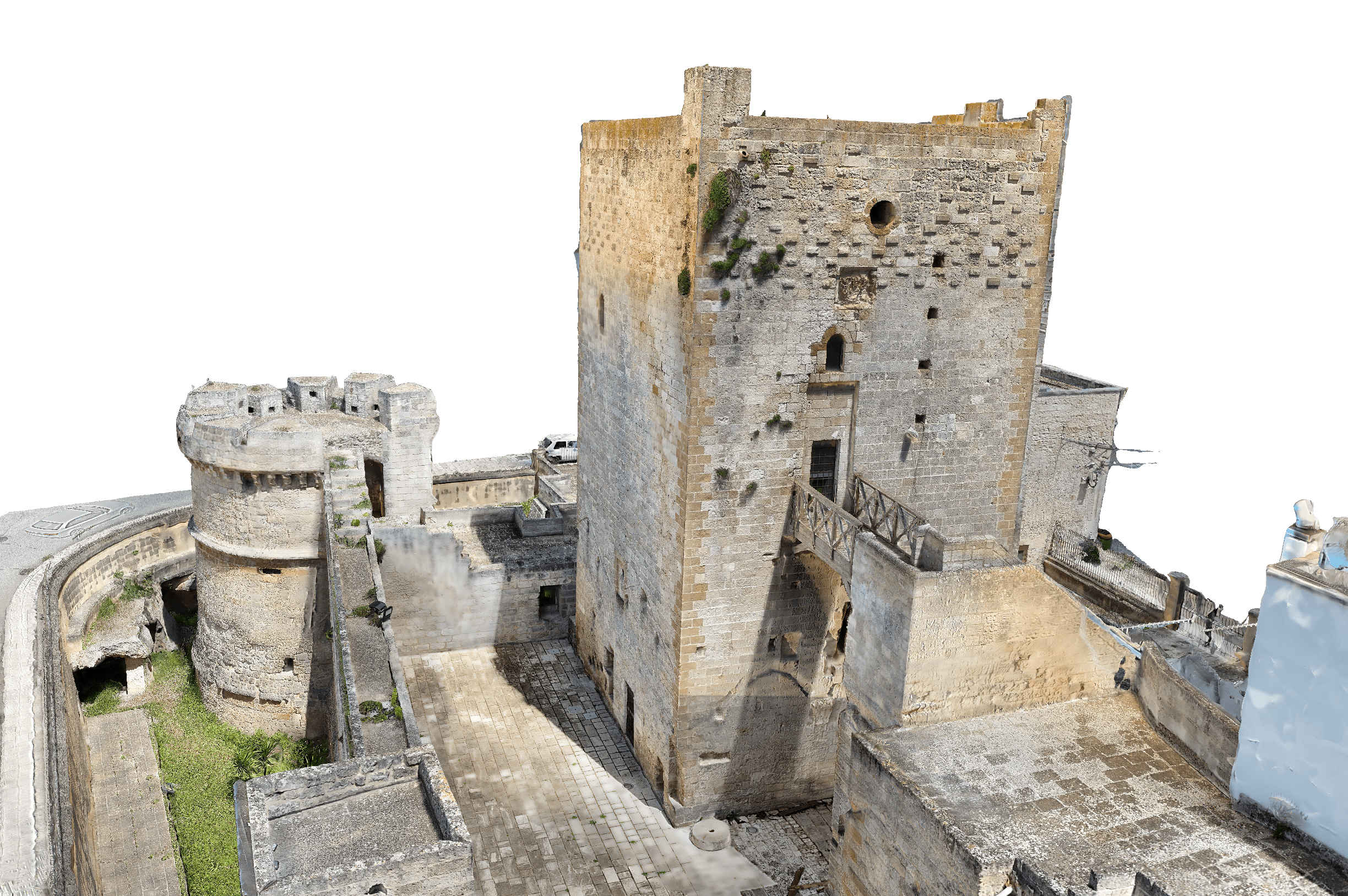“Le Fontane del Tempo – Storie d’Acqua e Pietra ad Avetrana” C’è un suono che non ha voce, ma che vibra nella memoria profonda dei luoghi.È il suono dell’acqua che sgorga da una fontana. Un tempo, ad Avetrana, questo suono era più di un semplice scorrere:era un incontro, una pausa, un frammento di umanità quotidiana. Era la comunità che si stringeva attorno all’essenziale. Acqua e pietra. Memoria e presenza. È da lì che voglio iniziare, da dove tutto cominciò. La prima fontana pubblica di Avetrana fece la sua comparsa nel 1928. Prima di allora, l’acqua si prendeva dai pozzi, con le giare sulle teste, le mani ruvide e i piedi scalzi, percorrendo le vie sterrate del paese. Le donne, protagoniste silenziose di quei gesti quotidiani, trasformavano il bisogno in rituale. Ma con l’arrivo dell’acqua pubblica, qualcosa cambiò. La modernità si fece strada, attraverso i tubi dell’Acquedotto Pugliese, e quel settembre del 1928 la prima fontanina prese vita proprio nella piazza del Popolo, oggi piazza Vittorio Veneto. Lì, accanto alla casa del signor Cosimo Lanzo, per la prima volta l’acqua scrosciò in pubblico, libera, democratica. Fu un momento epocale. Da quel momento, ogni quartiere avrebbe voluto la sua fontana. Ma era solo l’inizio. Pochi anni dopo, la comunità chiese qualcosa di più grande, qualcosa che fosse anche bellezza, decoro, rappresentanza. Nacque così la fontana monumentale di Largo Osanna, l’attuale piazza dei Martiri. Il Podestà Alessandro Selvaggi, con grande determinazione, la fece installare a spese del Comune, superando lentezze burocratiche e resistenze dell’Ente Acquedotto. Era una fontana in muratura con quattro zampilli, pensata inizialmente come ornamento, ma che presto divenne anche funzionale. Dalla pietra sgorgava l’acqua e con essa l’orgoglio di un paese che cambiava volto. La piazza dei Martiri, che per gli anziani rimane ancora Largo Osanna, cominciò allora la sua metamorfosi. In quell’area, che sorgeva oltre l’antica cinta storica, un tempo si ergeva la colonna dell’Osanna, poi spostata in altro luogo per lasciare spazio alla trasformazione urbana. Nel 1930 fu presentato un progetto di risanamento igienico. Tra il 1934 e il 1939 si avviarono i lavori di sistemazione dell’area, che avrebbe preso il nome di Piazza dei Martiri, e in quegli anni fu collocata al centro la fontana monumentale, con il suo elegante fontanino ornato da teste leonine e una cascata d’acqua che scendeva in vasche concentriche. Era un giardino vero e proprio, disegnato all’italiana, con schema simmetrico e forma triangolare. Al centro dominava la fontana, attorno fiorivano aiuole cespugliate, alberi di ghianda e palme in grandi fioriere. Il pavimento in cemento ospitava lo stemma del Comune, incastonato tra le linee geometriche del disegno urbano. Nel 1960 arrivò l’illuminazione pubblica e nel 1964, con delibera comunale, la piazza cambiò nuovamente nome: divenne ufficialmente Piazza Giovanni XXIII. Negli anni successivi furono rimosse la recinzione e la cancellata d’accesso, lasciando lo spazio completamente aperto, più accessibile, più vissuto. Al centro del giardino fu poi posta una statua del Sacro Cuore di Gesù, issata su una colonna in cemento. Sul basamento, un’iscrizione recita parole solenni: “A Gesù Redentore, Dio della Misericordia, Figlio di Maria Vergine, Ragione di Fede e di Speranza, di Amore e di Pace, Via Verità Vita, Luce nel Mondo, Segno di Civiltà – Anno Mariano. millenovecentoottantotto per il 2000.” Era il segno che anche lo spazio laico della piazza poteva abbracciare il sacro nella sua dimensione civile. Ma mentre la piazza cambiava volto, altre fontane nascevano come satelliti silenziosi nel resto del paese. Una fu installata all’imbocco di via Pastori, un’altra vicino alla cappella dell’Immacolata, un’altra ancora nei pressi del nuovo edificio scolastico nel 1948, a guerra finita. Erano fontane più semplici, ma preziose. Servivano i quartieri, offrivano ristoro e socialità. Là ci si fermava, si chiacchierava, si cresceva. E se spingiamo lo sguardo oltre il paese, verso le campagne, scopriamo che anche lì l’acqua aveva le sue presenze. Nelle masserie, tra i fichi d’India e gli ulivi secolari, esistevano fontane in pietra, piccoli pozzi, vasche scavate nella roccia, alimentate da cisterne o sorgenti antiche. Alla masseria Pastori, a Monte la Conca, al Bosco, l’acqua si raccoglieva come si raccoglie una grazia. In quelle terre, ogni goccia era oro. Serviva a dissetare uomini e animali, a impastare il pane, a lavare i panni e fiori di campo, a impastare la calce. Intorno a quelle fontane si pregava, si sudava, si viveva. Tutte queste fontane, che siano in centro o in campagna, raccontano la stessa storia. Una storia di passaggi, di mutamenti, di mani che hanno saputo domare la sete e costruire la vita. Le fontane di Avetrana non sono semplici strutture idrauliche: sono archivi viventi. Ogni zampillo ha un ricordo. E se oggi molte di queste fontane sono scomparse o dimenticate, altre resistono. La fontana monumentale di , Piazza Giovanni XXIII, è ancora lì, restaurata nel 1953 e nel 2010, elegante come allora, segno tangibile di una comunità che non ha smesso di ricordare. Ancora oggi, nelle sere d’estate, quando la piazza si riempie di voci e passi, pare che l’acqua sussurri le storie di un tempo.
IThere is a sound without a voice, yet it resonates in the deep memory of places. It is the sound of water flowing from a fountain. Once, in Avetrana, that sound was more than a simple flow: it was a meeting, a pause, a fragment of everyday humanity. It was the community gathered around the essential. Water and stone. Memory and presence. That’s where I want to begin, where it all began. The first public fountain in Avetrana appeared in 1928. Before that, water was drawn from wells—jars on heads, rough hands, bare feet walking along the unpaved roads of the town. Women, silent protagonists of those daily gestures, turned necessity into ritual. But with the arrival of public water, something changed. Modernity made its way through the pipes of the Apulian Aqueduct, and in that September of 1928, the first little fountain came to life in Piazza del Popolo, now Piazza Vittorio Veneto. There, next to the house of Mr. Cosimo Lanzo, for the first time water gushed in public—free, democratic. It was an epochal moment. From that point on, every neighborhood wanted its own fountain. But it was only the beginning. A few years later, the community asked for something grander, something that could also embody beauty, dignity, and representation. Thus was born the monumental fountain of Largo Osanna, now Piazza dei Martiri. The Podestà Alessandro Selvaggi, with great determination, had it installed at the municipality’s expense, overcoming bureaucratic delays and resistance from the Aqueduct Authority. It was a masonry fountain with four jets, initially conceived as a decorative piece, but it soon became functional as well. From the stone flowed water—and with it, the pride of a town transforming its face. Piazza dei Martiri, still known to the elderly as Largo Osanna, then began its metamorphosis. In that area, which lay beyond the ancient city walls, once stood the Osanna column, later relocated to make room for urban development. In 1930, a sanitation project was presented. Between 1934 and 1939, work began on redeveloping the area, which would be named Piazza dei Martiri. During those years, the monumental fountain was placed at its center, featuring an elegant spout adorned with lion heads and a cascade of water falling into concentric basins. It was a true Italian-style garden, symmetrically designed and triangular in shape. At its heart stood the fountain; around it, flowerbeds bloomed, surrounded by oak trees and palms in large planters. The concrete pavement displayed the town’s coat of arms, set within the geometric layout of the urban design. In 1960, public lighting arrived, and in 1964, by municipal resolution, the square changed its name again: it officially became Piazza Giovanni XXIII. In the years that followed, the fencing and gate were removed, leaving the space completely open—more accessible, more lived in. At the center of the garden was later placed a statue of the Sacred Heart of Jesus, mounted on a concrete column. On the base, an inscription solemnly reads: "To Jesus the Redeemer, God of Mercy, Son of the Virgin Mary, Reason for Faith and Hope, of Love and Peace, Way, Truth, Life, Light in the World, Sign of Civilization – Marian Year 1988 for the Year 2000.” It was a sign that even the secular space of the square could embrace the sacred in its civic dimension. But as the square changed its face, other fountains quietly emerged throughout the town. One was installed at the beginning of Via Pastori, another near the Chapel of the Immaculate, yet another near the new school building in 1948, after the war. They were simpler fountains—but precious. They served the neighborhoods, offered refreshment and social life. There people stopped, talked, grew up. And if we look beyond the town, toward the countryside, we find water had its presence there too. In the masserie, among prickly pears and centuries-old olive trees, stone fountains, small wells, and basins carved in rock existed—fed by cisterns or ancient springs. At the masseria Pastori, Monte la Conca, and Bosco, water was gathered like grace. In those lands, every drop was gold. It served to quench the thirst of people and animals, to knead bread, to wash clothes and wildflowers, to mix lime. Around those fountains, people prayed, sweated, lived. All these fountains—whether in the center or countryside—tell the same story. A story of transitions, changes, of hands that knew how to tame thirst and build life. The fountains of Avetrana are not mere hydraulic structures: they are living archives. Each spout holds a memory. And even if many of these fountains are now gone or forgotten, others still endure. The monumental fountain in Piazza Giovanni XXIII is still there, restored in 1953 and again in 2010, elegant as ever, a tangible sign of a community that has not stopped remembering. Even today, on summer evenings, when the square fills with voices and footsteps, it seems the water whispers stories from long ago.



